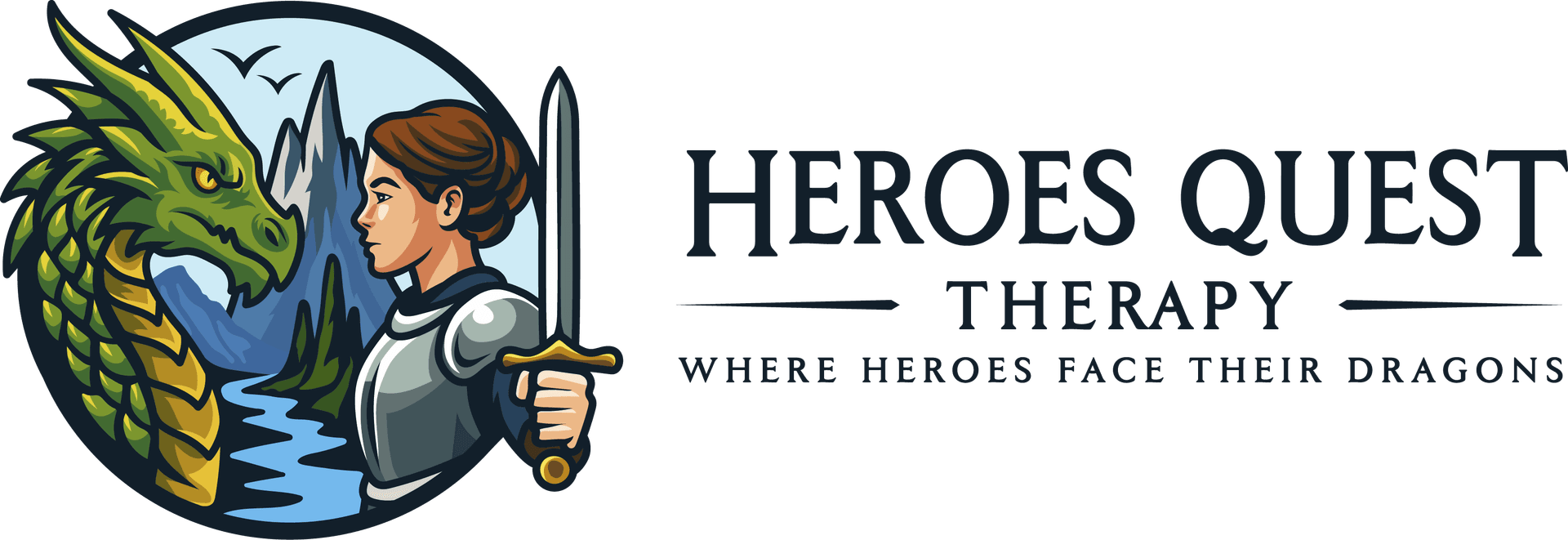From Empty Chairs to Theatres of Spontaneity: The Pioneers Who Made Role Play a Healing Art
From Empty Chairs to Theatres of Spontaneity: The Pioneers Who Made Role‑Play a Healing Art
By Heroes Quest Therapy
In the first installment of this series, we explored how storytelling around ancient campfires wasn’t just entertainment – it was a way of passing down wisdom, teaching survival skills, and processing grief. For millennia, humans have gathered to tell tales that help us navigate life’s mysteries. In this second post, we leap forward to the twentieth century and meet a handful of therapists who turned story and enactment into formal healing practices. They were rebels, visionaries, and, yes, a little eccentric at times. Their innovations laid the groundwork for today’s tabletop role‑playing game (TTRPG) therapy.
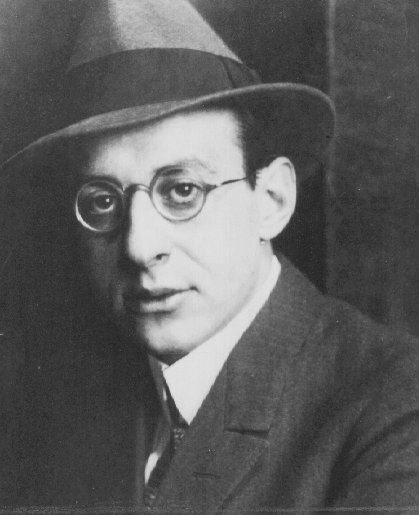
Fritz Perls and the Empty Chair
Friedrich “Fritz” Perls was born in 1893 in Berlin to a middle‑class Jewish family. A restless student with a rebellious streak, he dropped out of school, re‑enrolled, and finally earned a medical degree. During World War I he served as a medic, witnessing horrors that would shape his understanding of trauma and resilience. After the war, Perls trained under notable psychoanalysts including Wilhelm Reich and Karen Horney. He and his wife, Laura, fled Nazi Germany in 1933 and eventually settled in South Africa, where they began refining their own approach to therapy.
Perls believed that people are best understood as whole beings, not as a collection of symptoms. He emphasised awareness of the here and now – a radical shift from traditional analysis of the unconscious past. In his view, unresolved feelings and experiences – what he called “unfinished business” – continue to haunt us until we confront them. One of his most enduring innovations is the empty chair technique. In a Gestalt session, the therapist sets up two chairs. In one, the client sits; the other chair is left empty to represent someone with whom the client has unresolved conflict, or a disowned part of themselves. The client speaks to the imaginary person in the empty chair, expressing anger, grief, or love that has never been voiced. Sometimes the client then switches chairs to respond from the other perspective.
This simple device transforms an internal struggle into a dialogue. By giving voice to both sides of a conflict – the part that is hurt and the part that resists – clients often find unexpected empathy and resolution. Perls was famous (or infamous) for his confrontational style: he would challenge clients to drop their defenses and own their feelings. His directness wasn’t always gentle, but it helped break through intellectualizing and avoidance. Gestalt therapy’s emphasis on present‑moment experience, embodiment, and honest expression continues to influence experiential therapies today. If Perls sounds like a bit of a maverick, that’s because he was; he once described his work as “a shaking up” more than a soothing. Yet thousands have benefited from his insistence that growth happens when we stop running from ourselves.
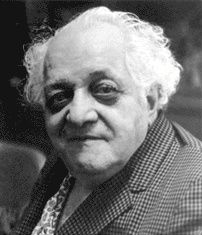
Jacob Moreno and the Theatre of Spontaneity
If Perls brought confrontation into the consulting room, Jacob Levy Moreno turned the consulting room into a stage. Born in 1889 in Romania, Moreno was fascinated by human interaction and the healing potential of the arts. He believed that spontaneity is the antidote to emotional stagnation. In the early 1920s, disillusioned by the “stagnancy” of scripted theatre, he launched the Theatre of Spontaneity in Vienna. Actors improvised on the spot, drawing from their own lives. This improvisational work became the seed of psychodrama – a therapeutic method that uses role‑play and enactment to explore personal problems.
In a psychodrama session, clients (called protagonists) act out scenes from their lives on a designated stage. Other group members play auxiliary roles – family members, bosses, lovers, or even abstract concepts like “anxiety.” Techniques such as role reversal encourage clients to step into another person’s shoes. When you play your mother or your critic, you often gain startling empathy. Moreno’s method emphasises action over talk. The body becomes an instrument of insight; props and costumes give concrete form to inner experiences. Psychodrama sessions move through a warm‑up, action, and sharing phase, allowing participants to enter the scene, enact it fully, and then debrief with the group.
Moreno was more than a therapist; he was a visionary who believed his “Shakespearean psychiatry” could foster peace. He advocated mutual healing – the idea that therapy transforms both client and therapist. He called on world leaders to practice role reversal as a way of building empathy, suggesting that even warring countries might benefit if their leaders could step into each other’s shoes. “Put yourself into the place of a victim of injustice and share his hurt,” he advised. Moreno saw psychodrama as a tool for community healing, not just individual change. His ideas gave rise to group therapy, sociometry (the study of social networks), and the broader field of drama therapy.
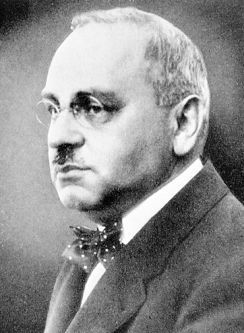
Alfred Adler and the Power of Response
While Perls and Moreno were turning therapy into a dramatic encounter, Alfred Adler was challenging the deterministic bent of psychoanalysis. Born in Vienna in 1870, Adler overcame childhood illness and went on to become a physician. Initially a member of Freud’s inner circle, he broke with Freud in 1911 and founded his own school, individual psychology. Adler’s central premise was deceptively simple: we are not defined by what happens to us but by how we respond. He argued that people are driven by a need to belong, to contribute, and to feel significant. Feelings of inferiority are universal; they spur us toward growth. When we compensate in healthy ways, we develop courage and social interest. When we overcompensate or give up, we develop neurosis.
Adler stressed agency and choice. He believed that trauma does not dictate destiny. “No experience is a cause of success or failure,” he wrote. “We do not suffer from the shock of our experiences... we make out of them just what suits our purposes.” In therapy, Adlerians work collaboratively with clients to identify unhelpful life strategies and to cultivate new, more adaptive ones. Where Freud looked backwards to childhood drives, Adler looked forwards to goals and purpose. His holistic approach considered the person within their family and social context, laying groundwork for family therapy and community psychology. Though often eclipsed by Freud and Jung in popular lore, Adler’s humanistic optimism has quietly permeated modern psychotherapy.
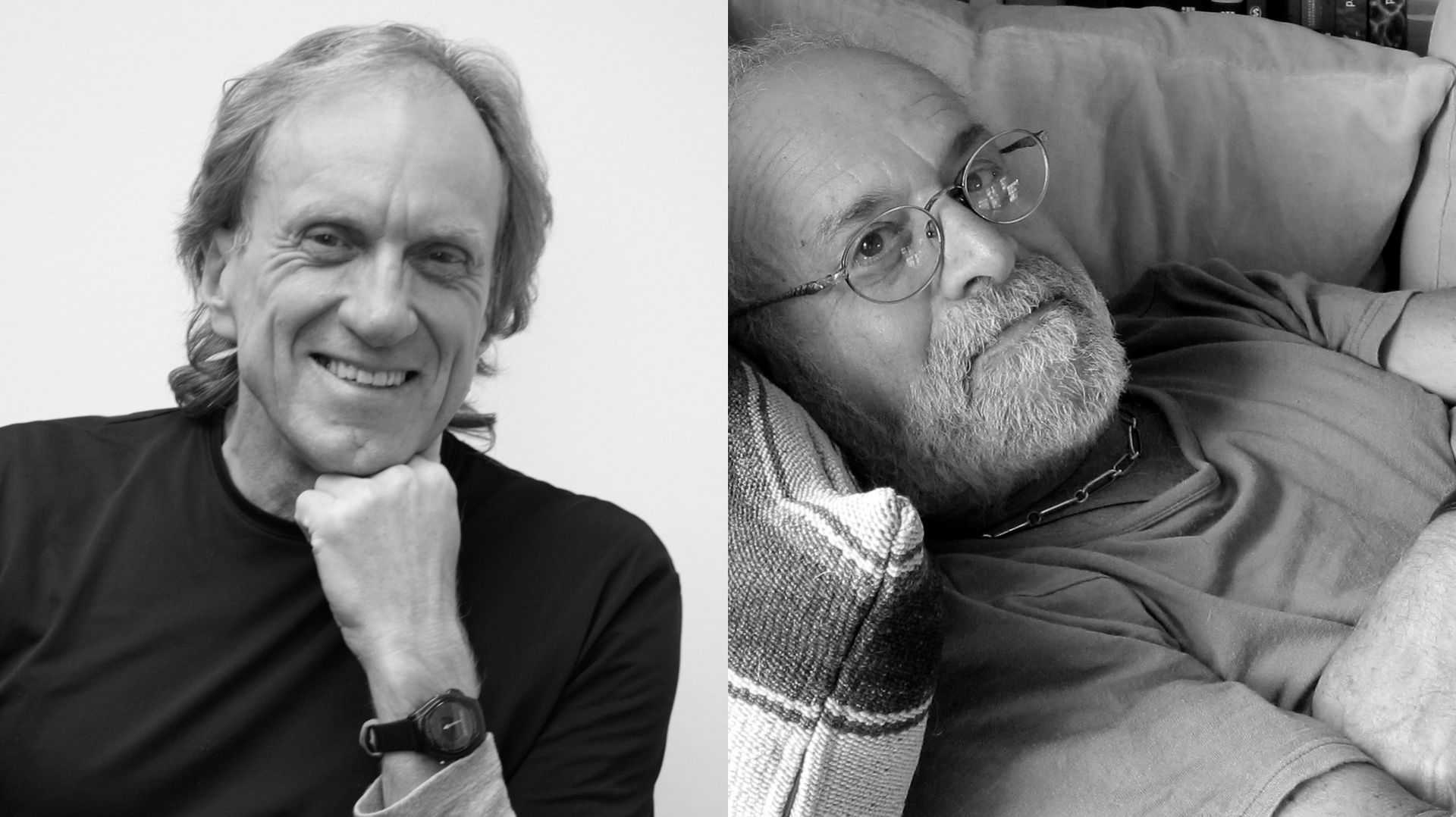
Michael White, David Epston, and Narrative Therapy
By the late twentieth century, the importance of story in shaping identity had re‑emerged through narrative therapy. In the 1980s, Australian therapist Michael White and New Zealand therapist David Epston began working with families in ways that separated people from their problems. Their guiding mantra: “The problem is the problem, the person is not the problem.” They believed that our sense of self is constructed through stories we tell about our lives. When those stories become saturated with pathology (“I’m always anxious,” “I am a bad parent”), they limit our sense of possibility.
White and Epston invited clients to externalise the problem – to speak about “the depression” or “the worry monster” as something outside themselves. Externalising language creates space for clients to examine the problem’s influence and to develop strategies for resisting it. Narrative therapists view clients as the experts of their own lives; the therapist’s job is to ask questions that elicit hidden skills, values, and alternative stories. Reality, they contend, is socially constructed through language and relationships. When clients discover new stories – about times they acted bravely or kindly – they begin to re‑author their lives. This approach is inherently respectful and non‑blaming. It honours agency and invites creativity.
Laying the Ground for TTRPG Therapy
Each of these pioneers used role‑play and narrative to help people rewrite their lives. Perls gave voice to unfinished conversations with an empty chair. Moreno created a theatre where people could act out their inner dramas and learn empathy through role reversal. Adler championed the idea that we can choose our response to life’s challenges and re‑script our future. White and Epston showed that by changing the way we tell our stories, we change who we are becoming. Though none of them could have imagined a twenty‑sided die or a fantasy map, their innovations set the stage for using tabletop role‑playing games in therapy.
TTRPG therapy extends their legacy by combining structured game mechanics with improvisational storytelling. Players create characters and embark on quests that mirror real‑life struggles. They practice bravery, compassion, and problem‑solving in a safe fantasy world, and they carry those skills back into their everyday lives. Just as Perls and Moreno insisted that experience beats discussion, TTRPG therapy invites clients to experience themselves differently – not by talking about change but by playing it.
Why Their Stories Matter Today
One reason these pioneers still captivate us is that they were unafraid to blend science and art. Perls drew on Zen and theatre; Moreno called on Shakespeare; Adler looked to philosophy and community; White and Epston wove anthropology into family therapy. They were, in their own ways, a bit wacky – but their eccentricities were in service of a serious purpose: helping people heal by reclaiming their narratives. They remind us that therapy isn’t just about fixing pathology; it’s about awakening creativity, gaining perspective, and reconnecting to values.
At Heroes Quest Therapy we stand on their shoulders. We believe, as they did, that imagination is a pathway to growth. Our Order of the Questing Hero invites adults to become the protagonists of their healing journeys. Through role‑play, collaborative storytelling, and evidence‑based techniques like Acceptance and Commitment Therapy, we help clients face their “dragons” – anxiety, depression, trauma – and discover the strengths and values that guide them. We’re not just playing games; we’re engaging in mythical, spiritual storytelling work that can transform lives.
Coming Next in Our Series
In our next installment, we’ll explore how Dungeons & Dragons and other tabletop role‑playing games entered the therapeutic world. We’ll meet the first clinicians who dared to bring dice and character sheets into therapy offices, and we’ll look at emerging research on the mental‑health benefits of TTRPGs. If you want to follow along as we chart this history – and discover how you can harness the power of play for your own growth – Follow us on Facebook for the latest. We promise stories, science, and a few surprises along the way.
Ready to begin your own quest? Join our waitlist for statewide teletherapy or contact us to learn more. Now offering free 20 minute consultations by appointment. Your next chapter awaits.
